Greenhouse exhaust emissions a main concern for ships
As ships carry passengers and cargo throughout the world, they produce exhaust emissions that have a damaging impact on fragile ecosystems. Finding ways to reduce emissions and make ships greener is an important factor for the future of the marine sector.
Emission regulations becoming even tougher
The shipping industry is responsible for transporting over 95% of all goods traded around the world today. Many ships, like cruise liners and tugs, travel in environmentally sensitive areas. To do so, their engines need to meet very strict emission regulations. IMO Tier III, Emission Control Area (ECA) and Energy Efficiency Design Index (EEDI) regulations define the limits for all vessels sailing in international waters. The global response to the devastating effects of pollution and global warming on marine ecosystems is to adopt even tougher rules for emissions, as seen at the 2015 Paris Climate Conference (COP21).
Keeping hazardous greenhouse emissions to a minimum is a top priority. At the same time, it is also important to not sacrifice ship engine performance and propulsion efficiency. To ensure the future viability of their fleets, ship owners and operators need to do everything they can to minimize the carbon footprint of their vessels. They need to constantly reduce NOx and SOx emissions to stay ahead of ever stricter legislation as it emerges. This means finding and using alternative fuels while utilizing available technologies to operate the cleanest ships possible.
MAN solutions to reduce emissions at sea
MAN Emission Control technologies reduce a ship's emissions through technologies to improve efficiency and utilize cleaner fuels. In this way, we help ships meet all current and future regulations while ensuring a lower impact on the environment.
We offer our Emission Control technologies as part of MAN ECO CONTROL, a portfolio of technologies that will help optimize ship performance in terms of emissions, economy and operation. Ship operators benefit from smart processes, efficient operation and predictive maintenance services.

Battery-hybrid solutions
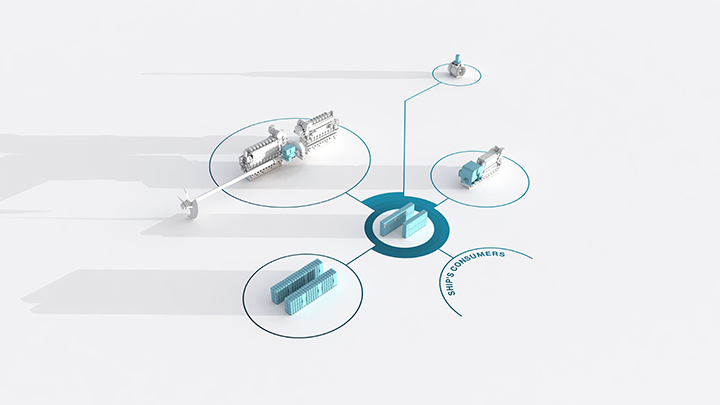
MAN Energy Solutions offers marine battery-hybrid systems, which combine combustion engines with additional batteries to capture and store electric power, optimizing engine operation while reducing emissions. We acquired a 40 percent stake in Aspin Kemp & Associates (AKA), a specialist in the integration of electric propulsion and energy storage systems to enhance our expertise and range of products in this field.
We also offer fully customized hybrid propulsion systems in which mechanical and electric engines work together. These are ideal for vessels with flexible operation profiles and running hours with varying power demands. Our versatile MAN HyProp ECO package combines a CP propeller, diesel engine and electric shaft machine to ensure the highest efficiency and lowest emissions in all operating modes – optimized to meet your vessel’s specific needs.
How you benefit:
- Fewer NOx, SOx and CO2 emissions
- Zero emissions when just batteries are used (especially at slow speeds)
- Increased fuel efficiency
- Quieter operation
- Batteries reduce transient loads, preventing black smoke during maneuvering
- Wide range of operation modes
- Improved performance
Dual Fuel & LNG Gas
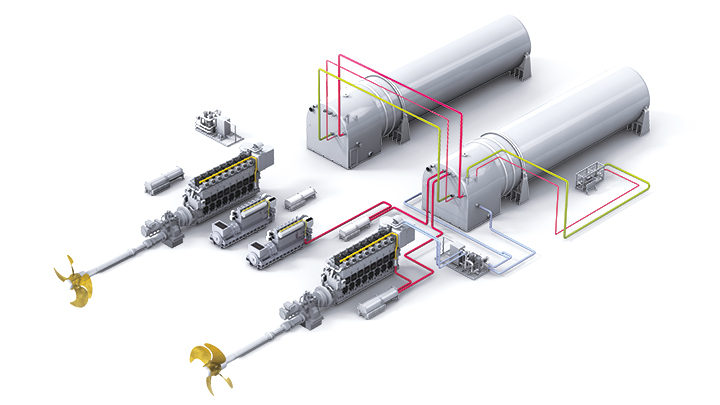
After our 2016 acquisition of Cryo AB, a manufacturer of cryogenic equipment with over 50 years’ experience in cleaner burning Liquefied Natural Gases (LNG), MAN Energy Solutions created the MAN Cryo product brand – the perfect complement to our dual fuel engines. We offer solutions for comprehensive engine and environmentally friendly fuel gas supply systems (FGSS), offshore and onshore bunkering systems, and stationary distribution systems for regasification or fuel filling – all from a single source.
We can tailor our dual fuel propulsion systems to meet every requirement: from LNG technology for dual fuel propulsion to complete LNG handling systems (including carriers, floating storage and regasification units, feeder and bunker vessels).
How you benefit:
- Clean burning gas, fewer NOx emissions
- Increased fuel efficiency
- Lower operating costs
- Dual fuel system means flexibility and fuel independence
- One point of contact for all components, training and support
Exhaust Gas After Treatment
We offer proven exhaust gas after treatment systems that meet the International Maritime Organization’s strict regulations for NOx emissions and fuel sulfur content, even in Emission Control Areas (ECA). Selective catalytic reduction (SCR) and exhaust gas recirculation (EGR) are highly effective technologies to minimize harmful NOx emissions.
Our MAN SCR system is an integrated solution available in 14 different sizes for our entire range of four-stroke medium speed engines. It induces chemical reactions in engine exhaust gases to convert harmful substances into environmentally safe ones. We can also customize MAN SCR systems for new buildings and retrofits upon request.
How you benefit:
- Reduce NOx emissions up to 90%
- IMO Tier III compliance in ECA
- Increased fuel efficiency
- Increased power density
- One source, one point of contact
- Minimum costs, maximum flexibility
A Maritime Energy Transition – Download the new white paper
By 2050, shipping must halve its GHG emissions. Consequently, the Maritime Energy Transition is already underway but the technologies that will power ships in a carbon-neutral future are still under discussion. The paper offers an updated status on potential technologies and outlines the current paths towards a Maritime Energy Transition.
Service solutions for optimum cost-efficiency
MAN PrimeServ offers advanced modernization solutions to optimize the reliability, availability, and economic efficiency of existing equipment. Furthermore, MAN’s modernization and retrofit solutions are tailor-made to customers’ specific applications and machinery.
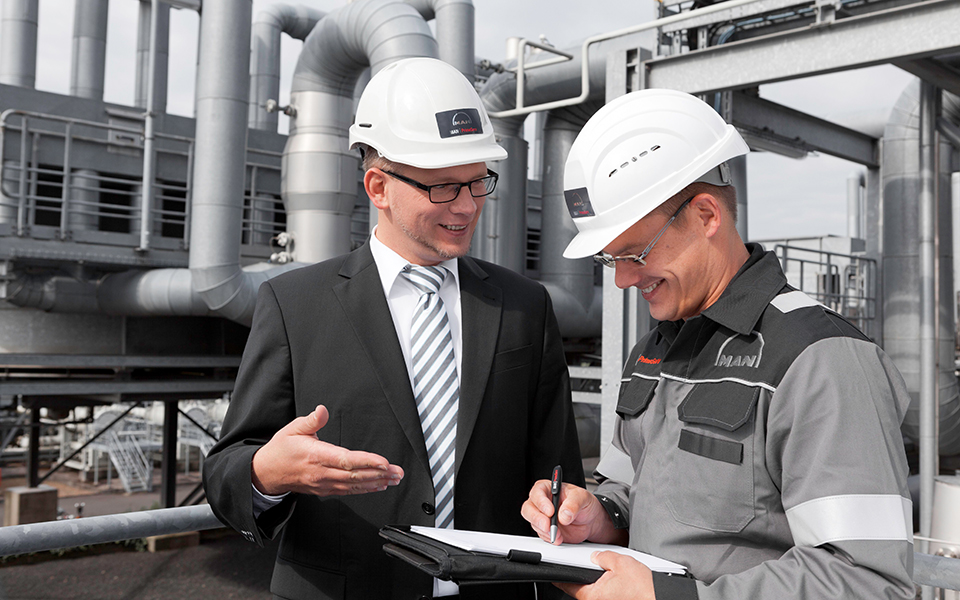
Reference
World’s first container ship converted to dual fuel
Our Emission Control solutions are designed to meet a wide range of customer requirements and applications while improving their overall environmental impact.
| Customer: | Wessels Reederei GmbH & Co. KG |
| Application: | Retrofit container ship to dual fuel (LNG) |
| Location: | Germany |
| Completion: | August 2017 |
| Fuel: | LNG |
| Commercial Operation: | 07 / 2015 |
| MAN’s Work Scope: | MAN multi-fuel, four-stroke MAN 51/60DF engine, supplied all conversion components |
| Watch video on YouTube |
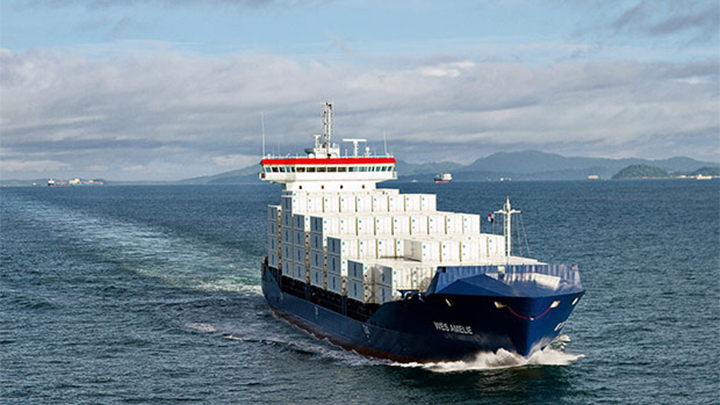
Forward-looking Emission Control solutions ensure the viability and profitability of the marine industry
- Reduced emissions for an improved greenhouse footprint, meeting all regulations
- Technologies to use alternative and cleaner burning fuels (LNG)
- Increase fuel efficiency for reduced costs
- Improved engine performance and flexibility
Download
-
Cruise and ferrypdf, 52839 KB
-
Exhaust after-treatment systemspdf, 473 KB
-
Four- stroke marine systemspdf, 10891 KB
-
Hybrid marine propulsion systemspdf, 474 KB
-
LNG gas supply and bunker systemspdf, 767 KB
-
MAN EcoLoad advisory toolpdf, 1929 KB
-
MAN L35/44 CDpdf, 462 KB
-
MAN L35/44DF CDpdf, 478 KB
-
MAN L49/60DFpdf, 6253 KB
-
MAN OPL EEXI Overridable Power Limitation MCpdf, 436 KB
-
MAN OPL Enginepdf, 378 KB
-
MAN V49/60DFpdf, 967 KB
Related news
Related articles
-

Hoegh - LNG-powered car carrier
With its first LNG-powered car carrier, Höegh Autoliners is taking a big step towards its target of net-zero by 2040. The centerpiece of the vessel is a MAN Energy Solutions MAN B&W ME-GI dual-fuel engine.
-
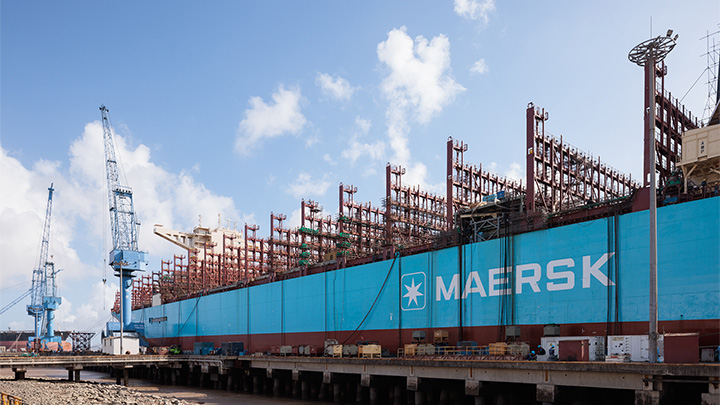
Maersk Halifax Retrofit
The world’s first methanol retrofit of the Very Large Container Vessel Maersk Halifax opens the doors for green fuels.
-
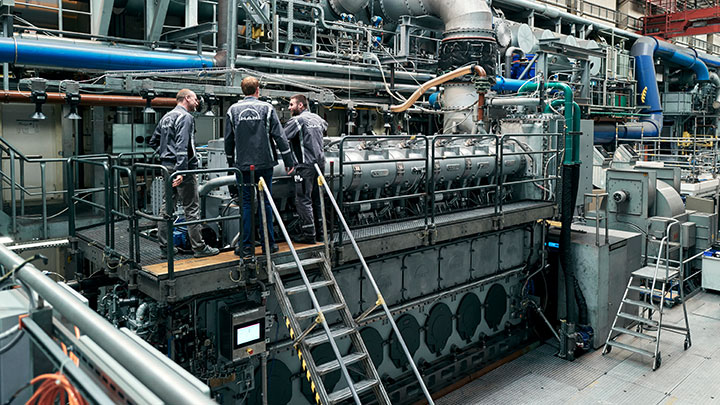
Methanol dual fuel retrofit
Engineers are now testing a retrofit for four-stroke ship engines that will enable ferry and cruise ship operators to meet the growing requirements on emission reduction with green methanol.
MAN Energy Solutions is now Everllence.
We have adopted a new brand name and moved to a new domain: www.everllence.com. This page will also be relocated there shortly. We are working on shifting all pages to www.everllence.com.
